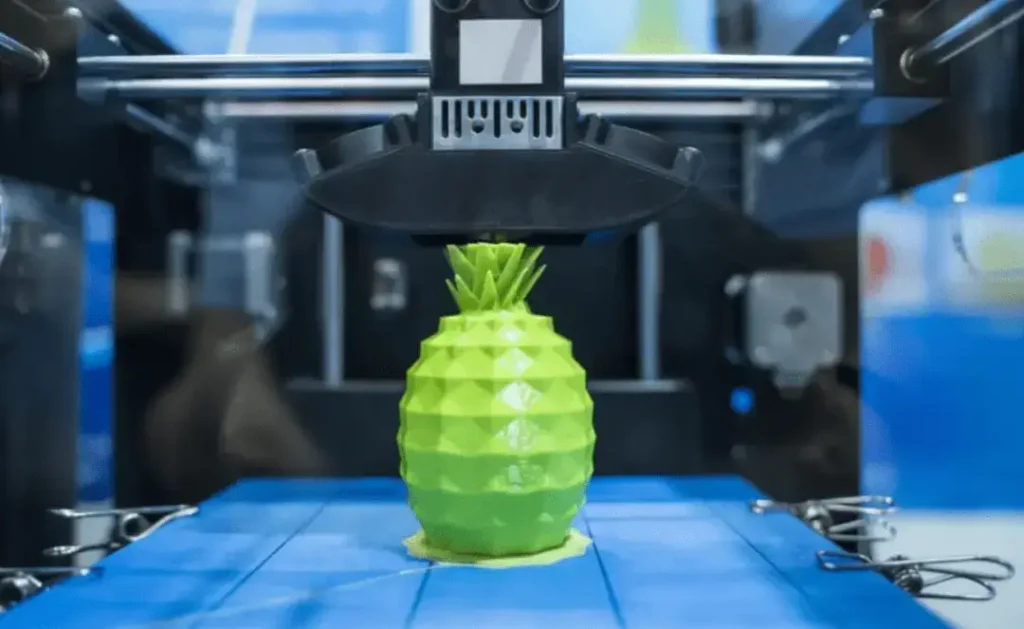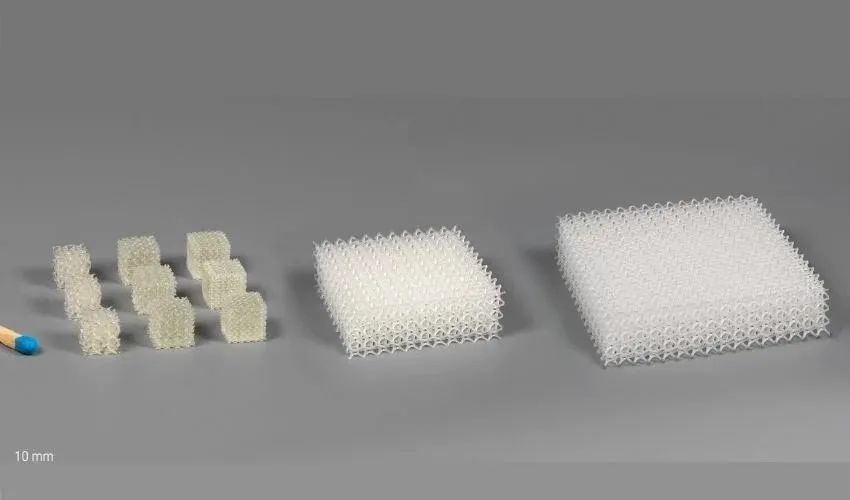Micro 3D printing: a new processing method
Micro 3D printing is the process of manufacturing parts with extremely small features at the micron level. Currently available commercial machines can manufacture parts with a resolution of up to 25~30 microns. However, the resolution of micro 3D printers is less than 5 microns. There are few specialized micro 3D printing technologies that can manufacture extremely small parts at the nanometer level, which is 1000 times smaller than the micrometer level.
Overview of the development of micro 3D printing technology
The growing demand for micro-machined parts in various industries such as medical, electronics, and automobiles also proves that micro parts are very important in many industries such as electronic equipment, aerospace instruments, optical equipment, and precision instruments. This has accelerated the development of micro 3D printing technology. The parts and shapes manufactured by micro 3D printing are so small that traditional manufacturing equipment cannot manufacture them.
If bigger and faster is one direction of the current development of 3D printing technology, then smaller is also another direction of development of 3D printing technology.
In the past, the processing of micro parts mostly used traditional processes. In recent years, micro 3D printing has also become a conventional processing technology. Due to the extremely small size of parts, 3D printing can achieve mass production.
The German company Nanoscribe has focused on this area and has been working on two-photon polymerization (2PP) technology for many years. Nanoscale micro parts can be printed using this technique, but centimeter-scale parts cannot be printed. So Nanoscribe developed the (XLF) Printing Kit to increase the print size of tiny 3D printed parts.

According to reports, the XLF printing kit is designed for their 3D printer Quantum X Shape to open up new printing possibilities. Currently, Quantum X Shape can print more precise parts than SLA and DLP technologies, but is limited in size and printing speed. These limitations can be overcome with the XLF printing kit.
Nanoscribe said that the XLF printing kit allows Quantum X Shape to print parts with a size of several millimeters, complex geometries and very fine details, and the accuracy is said to be up to one thousandth of a centimeter.
Micro 3D printing is ideal for prototyping a variety of parts, and can also be used to generate end-use parts such as millimeter-sized connectors and housings, microfluidic structures, and stents for biomedical research.
